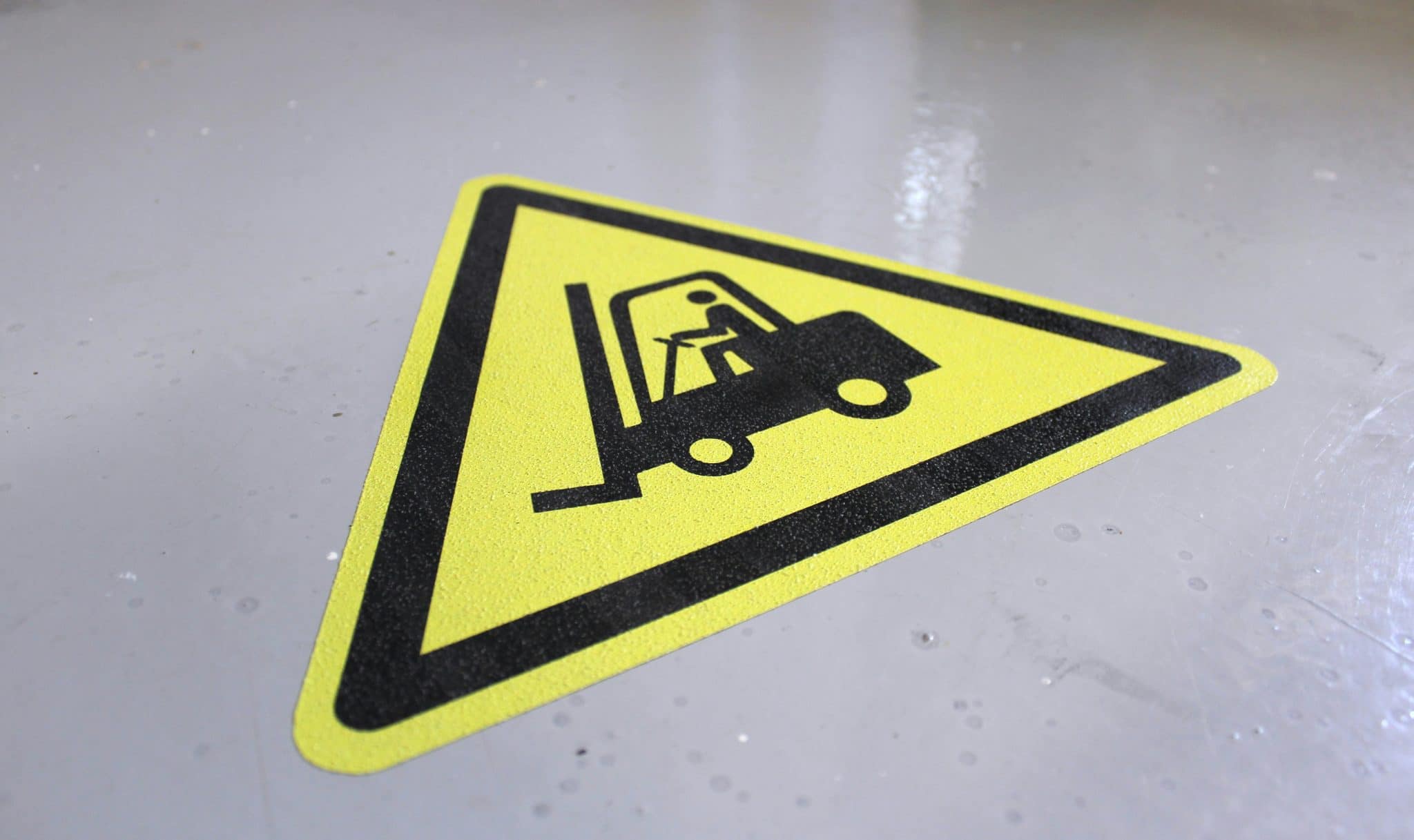Workplace Safety Training Reduces Accident Liability Costs
Workplace safety is a critical aspect of any business, and for good reason. Not only does it protect the well-being of employees, but it also has a significant impact on a company’s bottom line. According to the Occupational Safety and Health Administration (OSHA), workplace injuries and illnesses cost U.S. businesses an estimated $170 billion every year. These costs include medical expenses, lost wages, and even potential legal fees. One way companies can mitigate these expenses is by investing in workplace safety training. Not only does it reduce the likelihood of accidents, but it also decreases the company’s liability costs. Let’s take a closer look at how workplace safety training can reduce accident liability costs.
The Importance of Workplace Safety Training
Before delving into how workplace safety training can reduce accident liability costs, it’s essential to understand the significance of workplace safety training itself. Workplace safety training is a crucial aspect of a company’s risk management strategy. It provides employees with the necessary knowledge and skills to identify and avoid potential hazards in the workplace. Training also ensures that employees understand the correct procedures and protocols to follow in case of an emergency. It not only protects employees but also creates a culture of safety within the organization.
Reduction in Workplace Injuries
The most apparent benefit of workplace safety training is the reduction in workplace injuries. With proper training, employees are equipped to identify and mitigate potential hazards, thus reducing the chances of accidents occurring. Not only does this protect the employees, but it also protects the company from potential liability costs. Workplace injuries can result in significant costs for businesses, such as increased workers’ compensation insurance, medical expenses, and lost productivity. By investing in workplace safety training, companies can significantly lower the number of workplace injuries and the associated costs.
Decrease in OSHA Fines
Another way workplace safety training can reduce accident liability costs is by ensuring compliance with OSHA regulations. OSHA is responsible for ensuring safe and healthy working conditions for employees. Failure to comply with OSHA regulations can result in hefty fines and penalties. By investing in workplace safety training, companies can ensure that their employees are well-versed in OSHA regulations and follow them correctly. This not only protects the employees but also prevents the company from incurring additional costs due to fines and penalties.
Reputation and Brand Protection
Workplace accidents not only result in financial costs but can also have a severe impact on a company’s reputation and brand image. Workplace safety training shows that a company cares about the well-being of its employees, creating a positive image in the eyes of customers, potential employees, and the public. On the other hand, a company with a history of workplace accidents and injuries can damage its reputation and face public scrutiny. This can lead to negative brand perception and ultimately impact the company’s bottom line. By investing in workplace safety training, companies can protect their reputation and brand image, thus avoiding potential costs associated with a damaged reputation.
Lower Insurance Premiums
Insurance premiums are a significant expense for businesses, and higher workplace injury rates can lead to an increase in insurance costs. However, by investing in workplace safety training, companies can lower their insurance premiums. Insurance companies prefer businesses with strong safety training programs as it shows a commitment to risk management. This, in turn, can lead to lower insurance costs, resulting in cost savings for the company.
Conclusion
In conclusion, workplace safety training is a crucial investment for any business, and one that can significantly reduce accident liability costs. It not only protects employees and creates a culture of safety but also has a direct impact on a company’s bottom line. With decreased insurance premiums, lower OSHA fines, and a positive brand image, the ROI of workplace safety training is undeniable. As the saying goes, “an ounce of prevention is worth a pound of cure,” and when it comes to workplace safety, this couldn’t be more true. So, invest in workplace safety training today and start reaping the benefits tomorrow.










